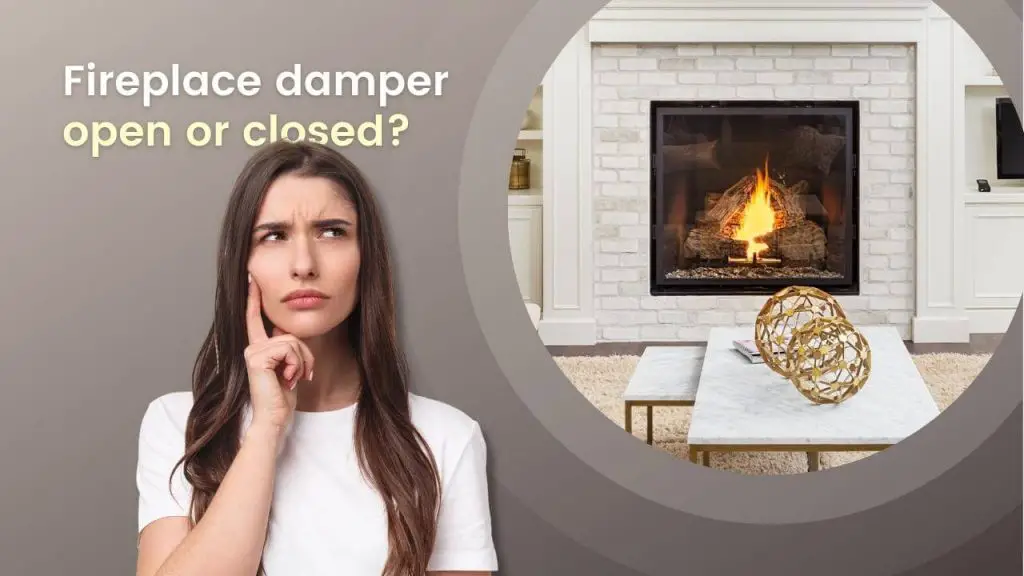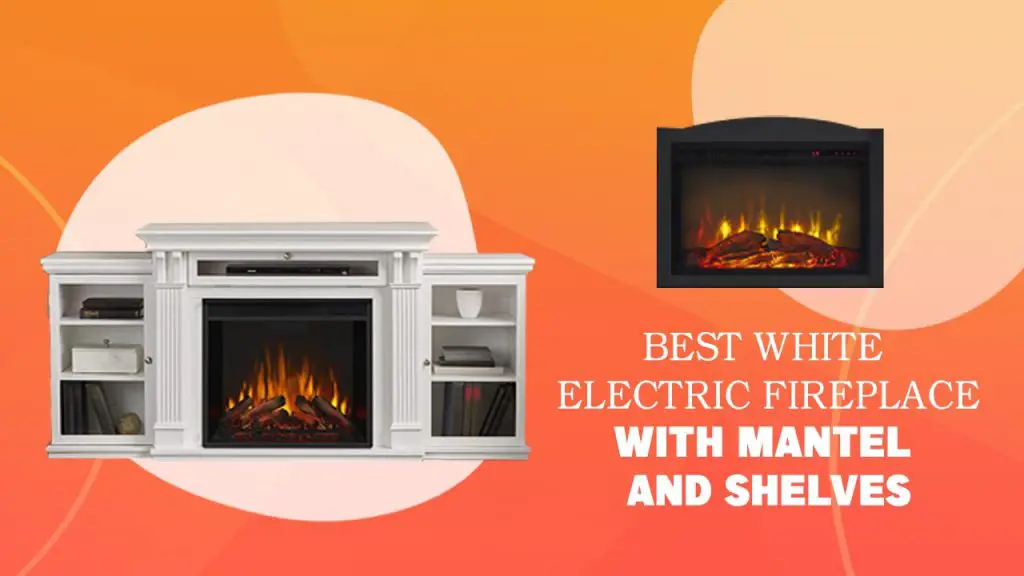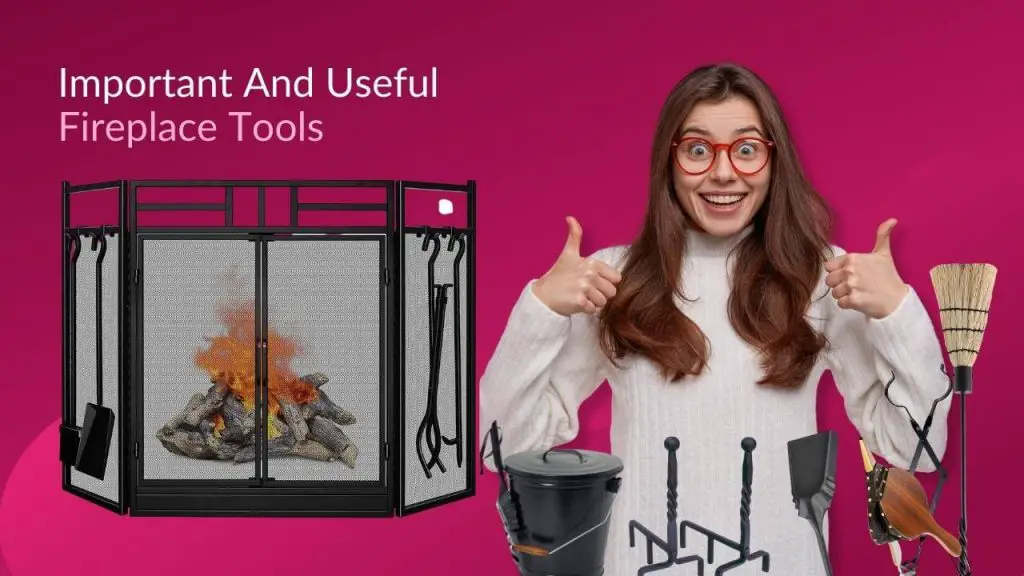Like many other fireplace components, a damper is a very important part of a masonry fireplace. It is one of the less visible parts but plays a very important role in determining fire ignition, fire strength and heat retention.
For emphasis, a fireplace damper is a lid-like board situated just above the firebox, acting as a door between the fireplace and the chimney. It is moveable and can be opened or closed to support fireplace efficiency.
There are two main types of dampers. The Throat Damper which closes the chimney base and helps to insulate your home, and the Top-Mount Damper which seals the cap of the chimney.
With this, you’ll be insulating the entire flue. While many people know this, they’re not sure how a damper helps the fireplace or when they should open it or shut it, and for what purpose.
You’ll learn the major purpose of a damper in this post and how you can control it properly to get the best of your fireplace. So, should a fireplace damper be open or closed? And when?
Should Fireplace Damper be Open or Closed?
It all depends on what’s going on in your firebox. Generally, a damper allows you to control just how much air passes through your chimney. This air carries oxygen that fire needs to ignite and rise as much as needed.
Therefore, a damper should be left open before lighting the fire and left open for as long as the fire keeps burning.
By opening the damper, air is allowed in which brings oxygen that the fire needs to start. The fire also builds as oxygen is allowed to flow in while soot, smoke and pollutants are vented through the chimney.
Once all embers are burnt up completely, you should close the damper to ensure heat doesn’t escape out the chimney. Leaving your damper open is like leaving your window open; you’ll just let all the heat out.
But closing it when the embers are still burning will cause smoke to escape into your home and may lead to carbon poisoning. Be sure your damper is always closed when your fireplace is not in use. This will also help to retain indoor heat and keep your family warm.
There is another school of thought that seems to suggest it is better to leave the damper partially closed when the fire is burning to enhance efficiency.
The logic is that there will be less oxygen coming into the fireplace, reducing the burn rate and requiring not as much wood as would be required if the damper was left fully open.
This reduction in burn rate also means prolonged heating. Also, much of the heat is retained in the house as only a small amount can escape with the smoke out the chimney.
Do Gas Fireplaces Have a Damper?
Modern gas fireplaces do not have a damper, and they really do not need one. This applies to standalone gas fireplaces that do not need an existing masonry chimney for venting.
However, there are natural vent gas fireplace inserts that are fixed into existing fireplaces and use the chimney for venting. Such gas fireplaces utilize the damper on the existing masonry and should be used wisely. This helps to remove waste through the chimney and out of the house.
For ventless gas fireplaces, a damper may not be needed. Even if such a unit is inserted in an existing masonry fireplace with a damper, the damper would not need to be open.
Can You Leave Fireplace Damper Open Overnight?
No, you should not leave a fireplace damper open overnight. It is not advisable to leave a fireplace unattended when it is still burning.
It is hazardous not just for possible fire accidents but for carbon poisoning as well. Since a damper should only be left open when the fire is still burning, it would make no sense to leave it open.
You should not go to bed without putting out the fire in a fireplace. Once this is done, you should close the damper to retain the heat generated by the fireplace.
Should Fireplace Damper be Open in Summer?
Fireplaces are rarely used in summer. This is why you’d need to keep your chimney damper closed during this time. This will help to ensure critters do not get in through the chimney and cool air inside your home does not escape out the chimney.
It is likely that your air conditioner or other cooling appliances are running in the summer and you’ll need to retain as much cool air as possible inside your home.
In fact, if you’re going to be leaving the fireplace unused for a long time, cap the chimney and ensure the fireplace is cleaned up often.
How To Know If the Damper Is Open Or Closed?
For Throat Damper:
1. Check Visually
You’d need to do a visual check to know for sure. Simply look into your fireplace (when not lit) to tell if the damper is open or closed. If you look up the chimney and you don’t see daylight coming in, the damper is probably closed.
2. Check for Draft
If it is a throat damper, carry out a draft check to feel for cold moving air within the firebox. It is an indication that it is open if you do feel cold air on your hand.
3. Try touching it
If you do not get clear visuals, you should reach out with a hand to touch the base of the chimney throat just at the top of the firebox. You’ll be able to feel the damper and tell if it is open or closed. Be sure you haven’t lit up the fireplace before you do this check.
For Top-Mount Damper:
Most top-mount dampers have a spring and handle or controlling cable attached to it. The handle is often attached to the wall of the fireplace and is on an open position by default.
Unless faulty, this is an indication that the top-mount damper is open. Simply pull on the cable or chain to close it. Where this mechanism is not available or faulty, you may need to climb up the roof of your house and get to the chimney.
Remember, never start a fire unless you’re sure the damper is open.
Final Comments:
Whether your fireplace damper should be open or closed depends on what’s going on in there. If you won’t be using your fireplace for a while, you should close up the damper. A top-mount damper will also help to prevent the entry of critters and debris into the flue.
When it’s time to light your fireplace, open the damper and leave it open for as long as it burns. Once the embers are all burnt out, you can close it to keep the heat inside the house. It is important to always check your damper and know when to open and close it.
| Photo | Title | Buy |
|---|---|---|

|
LEVOIT Air Purifier for Home & Bedroom - For Allergies and Pets Hair | Check Price On Amazon |

|
BREEZOME 60 OZ Quiet Dehumidifiers for Home, Dual-Semiconductor | Check Price On Amazon |

|
AquaOasis™ Cool Mist Quiet Ultrasonic Humidifier for Bedroom & Large room | Check Price On Amazon |

|
43.3'' Portable Air Conditioners, 3-IN-1 Evaporative Air Cooler w/Remote | Check Price On Amazon |

|
BlueDri BD-AS-550-BL Negative Machine Airbourne Cleaner HEPA Air Scrubber | Check Price On Amazon |

|
Space Heater, VCK 24" 12ft/s Fast Quiet Heating Portable Electric Heater | Check Price On Amazon |






